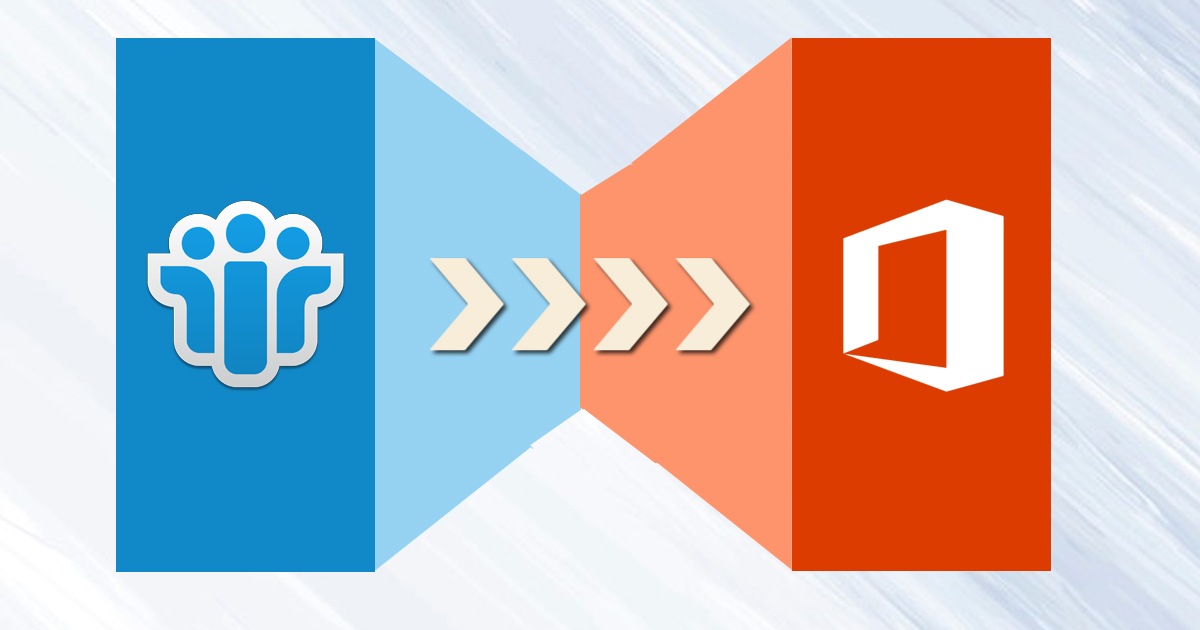

IBM NOTES 9.1 MANUAL

Unit record equipment Keypunches and verifiers
IBM NOTES 9.1 PC
10.10 IBM PC components and peripherals.10.4.5 Storage networking and virtualization.10.3 Printer/plotter equipment and terminals.10.1 Punched card and paper tape equipment.9.3 Computers based on microprocessor CPUs (1981–present).9.2 Computers based on discrete IC CPUs (1990–present).9.1 Computers based on SLT or discrete IC CPUs (1964–1989).9 Later solid-state computers & systems.8 Solid-state computers based on discrete transistors (1960s).7 Computers based on vacuum tubes (1950s).5 World War II ordnance and related products.1.6 Tabulators, accounting machines, printers.1.4 Reproducing punch, summary punch, gang punch, and derived machines.1.2 Sorters, statistical, and derived machines.Products of The Tabulating Machine Company can be identified by date, before 1933 when the subsidiaries were merged into IBM. This article uses the name, or combination of names, most descriptive of the product. Mechanical Punch, Type 001 (in IBM Electric Punched Card Accounting Machines: Principles of Operation, IBM, 1946).Mechanical Key Punch, Type 1 (in Machine Methods of Accounting, IBM, 1936).IBM product names have varied over the years for example these two texts both reference the same product. The 1420, for example, is listed both as a member of the 1401 family and as a machine for Bank and finance. Thus some (few) entries will be duplicated. This list is organized by classifications of both machines and applications, rather than by product name. Machines manufactured prior to 1928 were, in some cases, retrofitted with 80-column card readers and/or punches thus there existed machines with pre-1928 dates of manufacture that contain 1928 technology. Pre-1928 machine models that continued in production with the new 80-column card format had the same model number as before.

IBM introduced the 80-column rectangular hole punched card in 1928. For instance the IBM storage product known as the Enterprise Storage Server is machine type 2105, and the IBM printing product known as the IBM Infoprint 2105 is machine type 2705, so searching for an IBM 2105 could result in two different products-or the wrong product-being found. Care should be taken when searching for a particular product as sometimes the type and model numbers overlap. While the majority of products are listed here by machine type, there are instances where only a marketing or brand name is used. For instance, 2107 is the machine type for the IBM System Storage DS8000. A product may also have a marketing or brand name. Products are normally given a three- or four-digit machine type and a model number (it can be a mix of letters and numbers). IBM uses two naming structures for its modern hardware products. For example, the 402 tabulator was an improved, modernized, 405. Number sequence may not correspond to product development sequence. And different IBM divisions used the same model numbers for example IBM 01 without context clues could be a reference to a keypunch or to IBM's first electric typewriter. For example, the IBM 604 Calculating Unit is a component of the IBM 604 Calculating Punch. IBM sometimes uses the same number for a system and for the principal component of that system. These products and others are missing simply because no one has added them. Missing are many RPQs, OEM products (semiconductors, for example), and supplies (punched cards, for example). Several machines manufactured for the Astronomical Computing Bureau at Columbia University are included, as are some machines built only as demonstrations of IBM technology. This list is eclectic it includes, for example, the AN/FSQ-7, which was not a product in the sense of offered for sale, but was a product in the sense of manufactured-produced by the labor of IBM. The following is a partial list of products, services, and subsidiaries of International Business Machines (IBM) Corporation and its predecessor corporations, beginning in the 1890s.


 0 kommentar(er)
0 kommentar(er)
